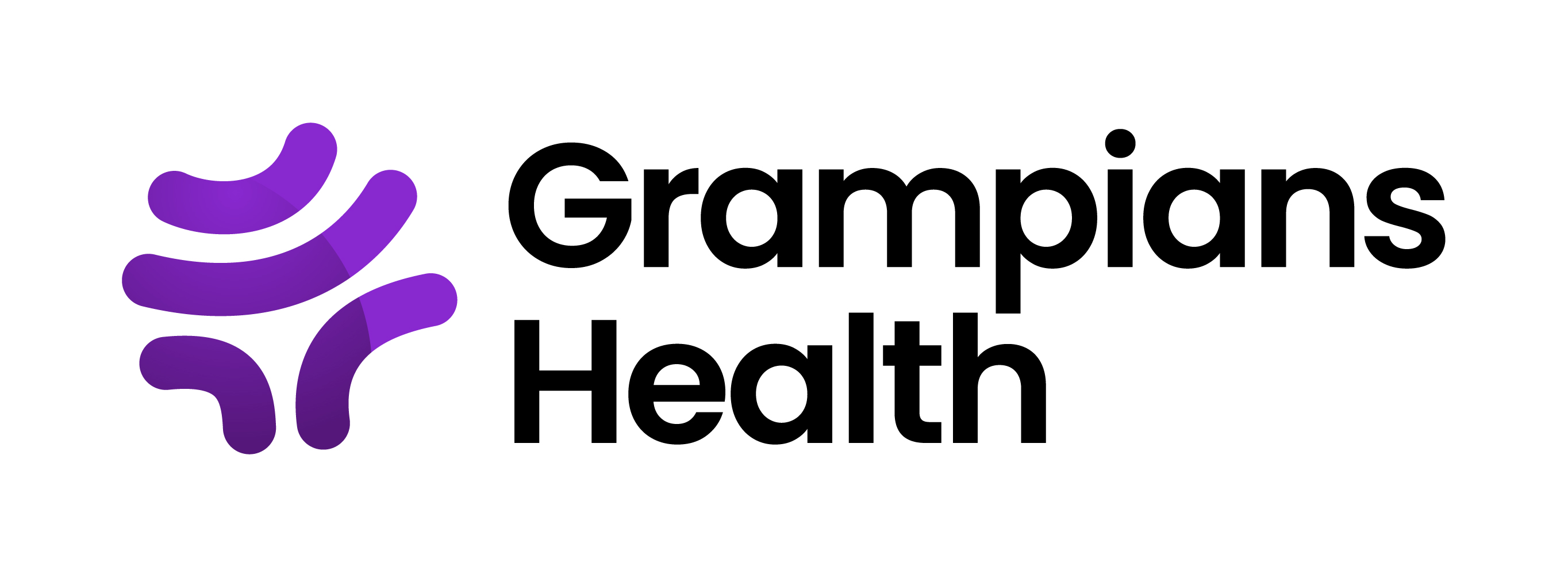Please use this identifier to cite or link to this item:
http://hdl.handle.net/11054/1981| Title: | Sex disparity in secondary prevention pharmacotherapy and clinical outcomes following acute coronary syndrome. |
| Author: | Dagan, M. Dinh, D. Stehli, J. Tan, C. Brennan, A. Warren, J. Ajani, A. Freeman, M. Murphy, A. Reid, C. Hiew, C. Oqueli, Ernesto Clark, D. Duffy, S. |
| Institutional Author: | Melbourne Interventional Group |
| Issue Date: | 2022 |
| Publication Title: | European Heart Journal |
| Volume: | 8 |
| Issue: | 4 |
| Start Page: | 420 |
| End Page: | 428 |
| Abstract: | Aims We sought to investigate if sex disparity exists for secondary prevention pharmacotherapy following acute coronary syndrome (ACS) and impact on long-term clinical outcomes. Methods and results We analysed data on medical management 30-day post-percutaneous coronary intervention (PCI) for ACS in 20 976 patients within the multicentre Melbourne Interventional Group registry (2005–2017). Optimal medical therapy (OMT) was defined as five guideline-recommended medications, near-optimal medical therapy (NMT) as four medications, sub-optimal medical therapy (SMT) as ≤3 medications. Overall, 65% of patients received OMT, 27% NMT and 8% SMT. Mean age was 64 ± 12 years; 24% (4931) were female. Women were older (68 ± 12 vs. 62 ± 12 years) and had more comorbidities. Women were less likely to receive OMT (61% vs. 66%) and more likely to receive SMT (10% vs. 8%) compared to men, P < 0.001. On long-term follow-up (median 5 years, interquartile range 2–8 years), women had higher unadjusted mortality (20% vs. 13%, P < 0.001). However, after adjusting for medical therapy and baseline risk, women had lower long-term mortality [hazard ratio (HR) 0.88, 95% confidence interval (CI) 0.79–0.98; P = 0.02]. NMT (HR 1.17, 95% CI 1.05–1.31; P = 0.004) and SMT (HR 1.79, 95% CI 1.55–2.07; P < 0.001) were found to be independent predictors of long-term mortality. Conclusion Women are less likely to be prescribed optimal secondary prevention medications following PCI for ACS. Lower adjusted long-term mortality amongst women suggests that as well as baseline differences between gender, optimization of secondary prevention medical therapy amongst women can lead to improved outcomes. This highlights the need to focus on minimizing the gap in secondary prevention pharmacotherapy between sexes following ACS. |
| URI: | http://hdl.handle.net/11054/1981 |
| DOI: | https://doi.org/10.1093/ehjqcco/qcab007 |
| Internal ID Number: | 01926 |
| Health Subject: | WOMEN OPTIMAL MEDICAL THERAPY GUIDELINE-DIRECTED MEDICAL THERAPY ACUTE CORONARY SYNDROME SECONDARY PREVENTION |
| Type: | Journal Article Article |
| Appears in Collections: | Research Output |
Files in This Item:
There are no files associated with this item.
Items in DSpace are protected by copyright, with all rights reserved, unless otherwise indicated.
